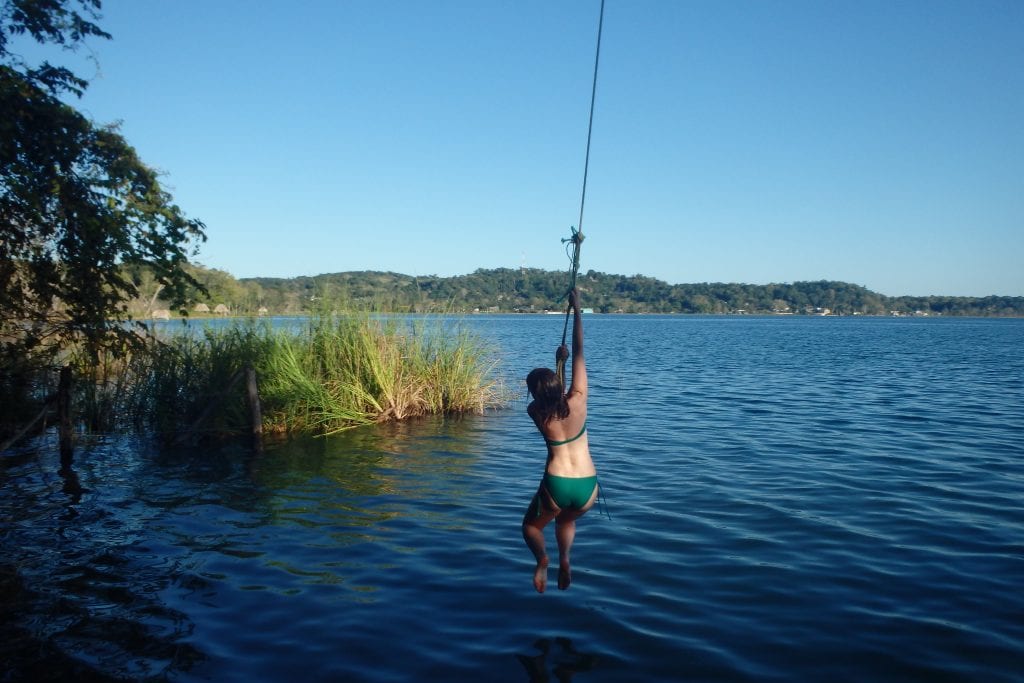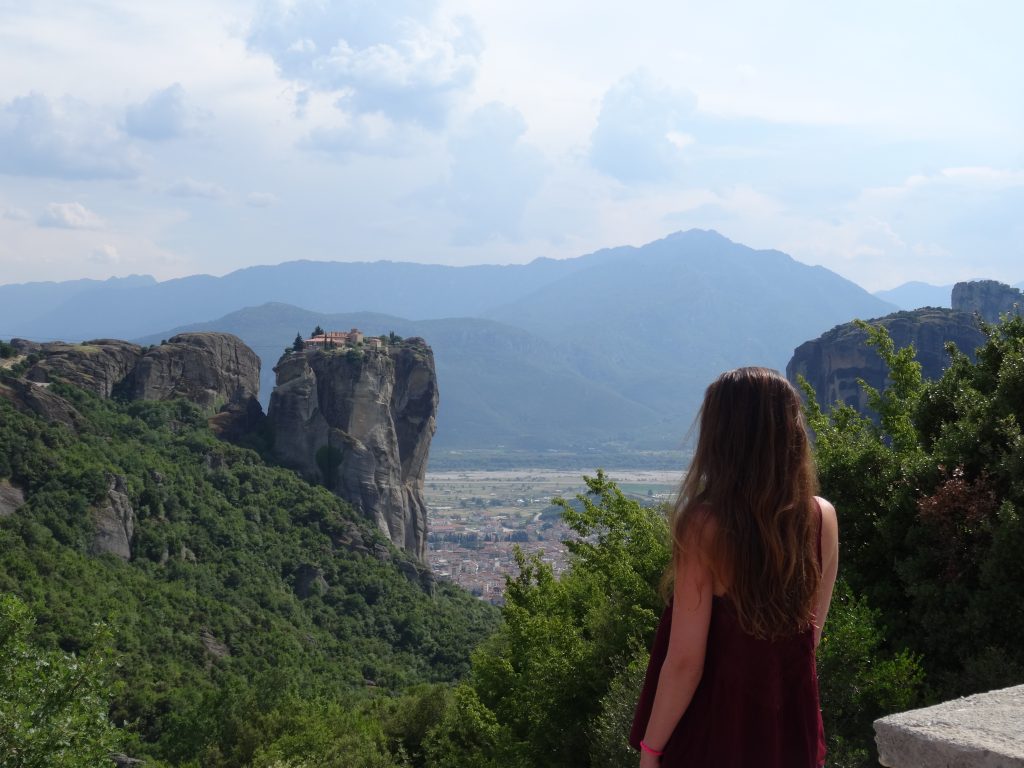Last Updated on November 16, 2022 by snaphappytravel
Traveling is, no doubt, one of the most exhilarating human experiences. Seeing a new place, marveling at its natural wonders and historical sites, and bonding with the local people is a greatly rewarding and enriching experience. Unfortunately, for all its benefits, tourism accounts for an estimated 8% of global greenhouse gas emissions, with transportation, lodging, and feeding being the major culprits.
Although certain sustainable habits like using public transportation and staying in eco-friendly hotels can significantly reduce individual carbon footprints, they do not fully compensate for the damage to the environment. So carbon offsetting becomes necessary.
What is carbon offsetting?

Carbon offsetting describes the process of compensating for carbon emissions by investing in environmental projects that are specifically designed to reduce emissions. The projects typically include large-scale tree plantation campaigns, renewable energy programs like wind farms, and forest management drives.
Tourism industry and carbon offsetting efforts
From airlines to transport companies to tour operators to hotels and lodgings, various segments of the tourism industry are heavily contributing to a better environment via carbon offsetting. The approach often involves calculating the carbon emissions each traveler is responsible for and investing in projects that directly or indirectly offset emissions that correspond with the figure.
While direct investment entails direct donations to organizations involved in these projects, indirect approach involves purchasing offset credits certified by the government or independent bodies. The funds accrued from the credits are then invested in emissions reduction or carbon sequestration projects. Whichever the approach, the most common areas that different segments of the tourism industry invest in include:
Forests and biodiversity
Forests play a crucial role in storing and capturing atmospheric carbon dioxide. Various tour companies compensate for the emissions generated by travelers in the form of investments in projects that support the protection, improvement, or restoration of forest ecosystems. For example, Bookmundi currently invests in a project designed to protect 100,000 hectares of the Peruvian Amazon by reducing deforestation and promoting sustainable forest management practices.
Clean and efficient energy production and usage
Strengthening clean energy infrastructure and technologies is another vital aspect of reducing carbon emissions. If the world can fully transition into clean energy, a major part of the climate change puzzle would have been solved. Thus, it is no surprise that numerous players in the tourism industry are investing heavily in renewable energy infrastructure and projects that support efficient energy use. A sterling example is Bookmundi. It calculates carbon emissions caused by every traveler in every trip and invests in carbon reduction projects to offset the carbon emission such as building windmills in India and solar power in Turkey.
Coastal ecosystem protection

Coastal ecosystems like mangroves, seagrass, and salt marshes also store a significant amount of carbon while protecting local communities from harmful climate impacts. Although they may be less popular in carbon offset conversations, these ecosystems can store ten times more carbon than tropical rainforests. As a result, a number of tour companies are paying more attention to blue carbon ecosystems and purchasing offset credits that support projects like the Kenya Blue Forests Project, an initiative that protects more than 1,400 acres of mangroves in southern Kenya.
Reducing carbon emissions is an important focus for many players in the tourism industry. This commitment is evident in the significant investments into carbon offset projects being executed all over the world.
As a traveler, you can also play your part by staying in eco-friendly hotels, moving about in public transport or electric vehicles during tours, eating local, and minimizing waste. Alternatively, you can also support companies actively involved in creating a sustainable environment by purchasing offset credits yourself or only purchasing flight tickets and tours from companies that have pledged to carbon-offset your travels and tours.
Thanks for reading!

I’ve got lots of other interesting travel articles, like this one about how to find the Lincoln Park Steps in San Francisco, some blog posts on cute towns to explore including towns in East Sussex in England; West Cork in Ireland and Greece! I’ve also written a very detailed post on the best things to do in Seattle!